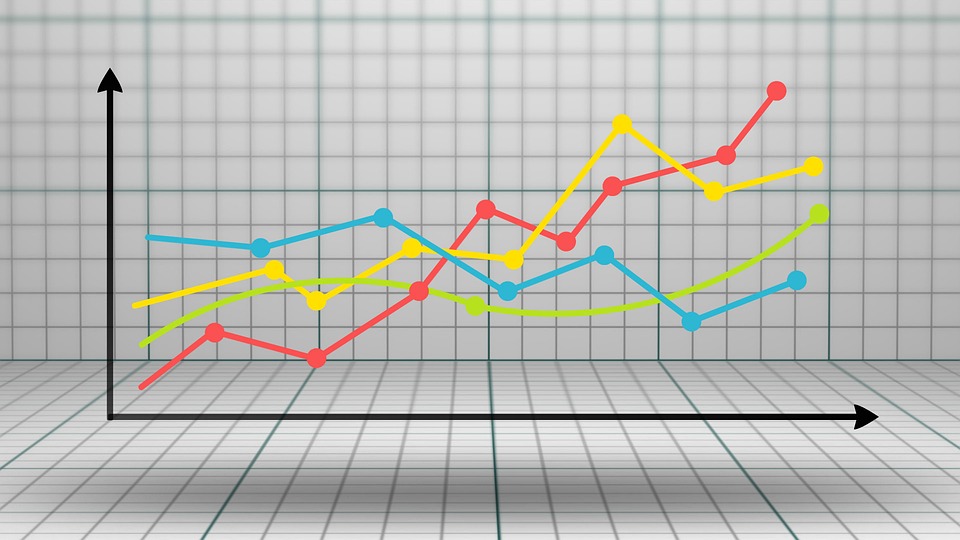1. Interval breakthrough
The volatility range breaks through trading, triggering a breakout trade operation on the day based on a percentage of yesterday’s volatility. If yesterday’s volatility is abnormal, the necessary adjustment should be made to ensure its reasonableness.
Main features: intraday trading strategy; close all position when market closed at the day. interval breakout based on the relationship between yesterday’s amplitude and today’s opening price;
yesterday’s amplitude = yesterday’s highest price — yesterday’s lowest price;
upper track = today’s closing price + N * yesterday’s amplitude;
lower track = today’s closing price — N * Yesterday’s amplitude;
when the price breaks through the upper track, buying long; when the price falls below the lower track, selling short.

2. Fiali four price
Yesterday’s high, yesterday’s low, yesterday’s closing price, today’s opening price, can be called the Filip four price. It is the main breakthrough trading strategy reference system adopted by Japanese futures trading champion Fiali. In addition, because of Fiera’s subjective mental trading model, it decided that it also combined and applied the “resistance line” in the actual transaction, namely the resistance line and the support line.
Main features: intraday trading strategy, close all position when market closed at the day; Fiali four price refers to yesterday’s high, yesterday’s low, yesterday’s closing, today’s opening;
upper rail = yesterday’s high;
lower rail = yesterday’s low;
when the price breaks through the upper track, buying long; when the price falls below the lower track, selling short.
3. Sky Garden
Breaking out when the market opens is the fastest way to enter the market. Of course, the probability of error is also the highest. The direction of the first K-line, which is the standard for judging the possible movement direction of the day. It is more effective when the opening is a gap opening high or low.
Main features: intraday trading strategy, close all position when market closed at the day; Sky Garden is used when the day is gap open for the opening price, that is, when the opening price is >= yesterday’s closing price*1.01 or the opening price is <= yesterday’s closing price*0.99;
upper track = The highest price of the first K line;
the lower rail = the lowest price of the first K line;
when the price breaks through the upper track, buying long; when the price falls below the lower track, selling short.

4. Sideways breakthrough
It is easier to achieve quantitative breakthroughs in form, such as fractal, narrow cross-section breakthrough, various K-line combinations, double-bottom and double-top; it is difficult to achieve quantitative morphological breakthrough, with trend line and arc top and bottom, also various of classic techniques shape such as flag, diamond, and triangle. The trend is followed by consolidation, and the trend is after consolidation. The trading strategy of the sideways breakthrough fully reflects the price fluctuation law of the volatility cycle. What we need to do is to reasonably quantify the definition of consolidation, such as the span of the period and the magnitude of the fluctuations.
Main features: intraday trading strategy, close all position when market closed at the day; sideways breakthrough when the high and low points of the past 30 K lines fluctuate within 0.5% of the upper and lower axis;
upper rail = the highest price of the past 30 K lines;
lower rail = The lowest price of the past 30 K lines;
when the price breaks through the upper track, buying long; when the price falls below the lower track, selling short.
5. Turning trading
Relatively speaking, breakthroughs based on fixed points may be subject to changes in the price range of the variety; while breakthroughs in fixed percentage ranges are less likely to be similar, unless the level of volatility of the variety changes dramatically.
Main features: intraday trading strategy, close all position when market closed at the day; turning to trading based on today’s opening price;
upper rail = today’s opening price + today’s opening price * 0.01;
lower rail = today’s opening price — today’s opening price * 0.01;
when the price breaks through the upper track, buying long; when the price falls below the lower track, selling short.
6. HANS123
As a breakthrough trading strategy widely popular in the foreign exchange market, HANS123 breaks through the high and low points of the number N of K line after the market opened, as a criterion for triggering trading signals. This is also an early stage trading mode, with price envelopes, time confirmation, fluctuation range and other filtering techniques, it can improve its odds.
main feature:
Intraday trading strategy, close all position when market closed at the day; HANS123 is ready to enter after 30 minutes of opening;
Upper rail = 30 minutes highest price after opening;
Lower rail = 30 minutes lowest price after opening;
when the price breaks through the upper track, buying long; when the price falls below the lower track, selling short.

7. Daily average ATR breakthrough
We have reason to believe that when a certain extent of ATR volatility has occurred, we are more willing to gamble the volatility of the day to continue to develop in the direction of a certain ATR. The benchmark for comparison may be the opening price or the day or the new highest and lowest record price has been set.
Also, can calculate the ATR in the past 10 days.
main feature:
Intraday trading strategy, close all position when market closed at the day; The daily average ATR breaks through the relationship between today’s opening price and the average ATR of the past N trading days;
Upper rail = today’s opening price + N trading day average ATR*M;
Lower rail = today’s opening price — N trading day average ATR * M;
when the price breaks through the upper track, buying long; when the price falls below the lower track, selling short.
8. ORB breakthrough
The ORB breakthrough trading was first proposed by US fund manager Toby in 1988. He measured the opening price by the smaller of highest price and the lowest price. Once the market exceeds this range, it is considered a real breakthrough. In practical applications, breakthroughs in early stage trading and breakthroughs after narrow fluctuations can be used as effective filtering conditions.
main feature:
Intraday trading strategy, close all position when market closed at the day; The ORB failure breakthrough is based on the past N trading day ORB indicators;
Upper rail = today’s opening price + N days ORB*M;
Lower rail = today’s opening price — N days ORB*M;
when the price breaks through the upper track, buying long; when the price falls below the lower track, selling short. If the number of failures was high in the past, and the probability of the next success will be higher.

9. Time-average price breakthrough
The time-sharing average price yellow line is widely used in the time-sharing average price trend chart of various trading software. Therefore, its position is particularly prominent in terms of the self-fulfilling language of the trading strategy.
main feature:
Intraday trading strategy, close all position when market closed at the day; The time-sharing average price yellow line is based on the average price of today’s time-sharing chart;
Upper rail = yellow line of the hourly average price of the day;
Lower rail = yellow line of the hourly average price of the day;
when the price breaks through the upper track, buying long; when the price falls below the lower track, selling short.
10. ATR volatility breakthrough in the day
Focus on the assessment of changes in short-term market volatility. The volatility breakthrough has the ability to adapt to the market to a certain extent, and the ability to adapt to different market environments is stronger in practical applications.
main feature:
Intraday trading strategy, close all position when market closed at the day; the intraday ATR breaks through the ATR based on the opening price of the K-line and the past N cycles;
Upper rail = the K line opening price + N period ATR * M;
Lower rail = the K line opening price — N period ATR * M;
when the price breaks through the upper track, buying long; when the price falls below the lower track, selling short.






